Thursday, February 26, 2015
National Tell a Fairy Tale Day
Tell a Fairy Tale Day is always observed in the United States on February 26th of each year.
There is no official record as to the origin of this day.
Encourages family time telling tales and getting away from television and other hectic activities.
What is a Fairy Tale? Here is the Wikipedia article to get you started.
News story from wtop about 7 stories that show the twisted truth behind fairy tales
Sunday, February 22, 2015
Playground and Other Game Related Literature
Go outside
for recess or listen on city sidewalks and you will hear rhymes, jump rope
songs, insults, riddles, chants, etc.
Cinderella dressed in yellow jump rope rhyme:
Counting out rhymes--Eeny, Meeny, Miny, Moe:
Cinderella dressed in yellow jump rope rhyme:
Counting out rhymes--Eeny, Meeny, Miny, Moe:
Ballads and Folk Songs
These tell of
tragic incidents or great exploits, evolved from local events or legends,
heroic deeds
- Folk songs are shorter than ballads and are also sung
- Lullabies are among the most enduring folk songs and are excellent resources for introducing preschoolers to traditional literature
- Some songs are just plain nonsense and feature enjoyable language play
I Saw an Old Lady Who Swallowed a Fly (Judy Collins):
Ballad of Davy Crockett:
All the Pretty Little Horses (Pete Seeger):
Nursery Rhymes
Children’s
first introduction to literature is often through the nursery rhymes adults
recite while playing with baby., vocabulary is obscure and dated, but the
rhyme, rhythm, alliteration, and other musical qualities, continue to appeal
Many beautiful illustrated
traditional anthologies; also rhymes from other cultures are available
Arabic Nursery Rhyme:
English Nursery Rhymes:
Arabic Nursery Rhyme:
English Nursery Rhymes:
Tall Tales
Legends
with the added element of exaggeration. Focus on individuals usually male who
accomplish impossible tasks using great strength and then become famous for
exploits. US is where they have flourished.
Paul Bunyan (Disney):
Pecos Bill (read by Robin Williams):Paul Bunyan (Disney):
John Henry (sung by Johnny Cash):
Annie Oakley (television program):
Ghost Stories
May be any piece of fiction or drama that includes a ghost, or simply takes as a premise the possibility of ghosts or characters' belief in them. May refer to any kind of scary story.
May serve many purposes, from comedy to morality tales. Ghosts often appear as prophets of things to come.
Belief in ghosts is found in all cultures around the world.
Grandpa's Ghost Stories:
The Teeny-Tiny Woman:
Legends and Epics
Stories about a person who folklorists are fairly sure actually
existed. Differ in length and narrative style, with epics defined as longer
stories that are often written in verse rather than in prose style as legends
are. Influenced by cultural aspects of time and setting.
- Main character is often enduring symbol for an important value in society or is used as role model
- Complex struggles, decisions, and foibles of human nature
Beowulf
King Arthur:
The Legend of Osiris:
Myths
Traditional
stories that arose to explain specific characteristics of animals, terrain, or
climate. Pourquoi stories, religious stories, best known are Greek and Roman
origin, but all groups have myths. Picture book retellings are popular
- Creation stories to describe how the world or specific culture was created
- Pourquoi tales evolved to explain how things came to be in the natural world, focus more on everyday phenomena
Greek Mythology:
Indian Mythology:
Chinese Mythology:
Pourquoi Story: Kipling's Elephant's Child
Fables and Learning Stories
Short tales
designed to teach moral lessons and values in order to transmit a cultures
accumulated wisdom. Aesop, John La Fontaine. Typically have animal characters
referred to by the name of the animal. Moral at the end of the tale, many
collections are beautiful illustrated, also individual fables are available.
Learning stories also teach cultural
values and moral lessons but are longer, more complex texts that feature both
human and animal characters, morals not explicitly stated, different listeners
often gain different insights from learning story.
Aesop's Fable: The Tortoise and the Hare, read by Levar Burton:
La Fontaine's Fable: Short Summaries of 10 Fables
Folktales
Stories that
focus on the customs, beliefs, and traditions of ordinary humans and describe
how people cope with the events of everyday life; crisis or conflict to
resolve.
- Cumulative/Chain Stories
- Trickster Stories
- Stories of Fools and Simpletons
- Fairy or Wonder Stories
- Beast Stories
Wonder Story/Simpleton story: Strega Nona
Another Simpleton Story: The Fool of the World and the Flying Ship
Beast Story: The Three Billy Goats Gruff (Norway)
Trickster Story: Brer Rabbit and the Tar Baby
Labels:
beast,
cumulative,
fairy,
Folk tales,
simpletons,
trickster
Tuesday, February 17, 2015
Hans Christian Andersen Award
Information about the Hans Christian Andersen Award
Every other year IBBY presents the Hans Christian Andersen Awards to a living author and illustrator whose complete works have made a lasting contribution to children's literature.
The Hans Christian Andersen Award is the highest international recognition given to an author and an illustrator of children's books. Her Majesty Queen Margrethe II of Denmark is the Patron of the Andersen Awards.
The nominations are made by the National Sections of IBBY and the recipients are selected by a distinguished international jury of children's literature specialists.
The Author's Award has been given since 1956 and the Illustrator's Award since 1966. The Award consists of a gold medal and a diploma, presented at a festive ceremony during the biennial IBBY Congress. A special Andersen Awards issue of IBBY's journal Bookbird presents all the nominees, and documents the selection process.
Every other year IBBY presents the Hans Christian Andersen Awards to a living author and illustrator whose complete works have made a lasting contribution to children's literature.
The Hans Christian Andersen Award is the highest international recognition given to an author and an illustrator of children's books. Her Majesty Queen Margrethe II of Denmark is the Patron of the Andersen Awards.
The nominations are made by the National Sections of IBBY and the recipients are selected by a distinguished international jury of children's literature specialists.
The Author's Award has been given since 1956 and the Illustrator's Award since 1966. The Award consists of a gold medal and a diploma, presented at a festive ceremony during the biennial IBBY Congress. A special Andersen Awards issue of IBBY's journal Bookbird presents all the nominees, and documents the selection process.
The first winner was Eleanor Farjeon (UK) in 1956
 |
| One of Eleanor Farjeon's books |
The 2014 winner was Nahoko Uehashi (Japan) for writing and Roger Mello (Brazil) for illustration
 |
| One of Nahoko Uehashi's Books |
 |
| Illustrated by Roger Mello |
Theodor Seuss Geisel Award
Information about the Theodor Seuss Geisel Award
The Theodor Seuss Geisel Award is given annually to the author(s) and illustrator(s) of the most distinguished American book for beginning readers published in English in the United States during the preceding year. The winner(s), recognized for their literary and artistic achievements that demonstrate creativity and imagination to engage children in reading, receives a bronze medal. Honor Book authors and illustrators receive certificates, which are presented at the ALA Annual Conference. The award was established in 2004 and first presented in 2006.
The award is named for the world-renowned children’s author, Theodor Geisel. "A person’s a person no matter how small," Theodor Geisel, a.k.a. Dr. Seuss, would say. "Children want the same things we want: to laugh, to be challenged, to be entertained and delighted." Brilliant, playful, and always respectful of children, Dr. Seuss charmed his way into the consciousness of four generations of youngsters and parents. In the process, he helped them to read.
The award is named for the world-renowned children’s author, Theodor Geisel. "A person’s a person no matter how small," Theodor Geisel, a.k.a. Dr. Seuss, would say. "Children want the same things we want: to laugh, to be challenged, to be entertained and delighted." Brilliant, playful, and always respectful of children, Dr. Seuss charmed his way into the consciousness of four generations of youngsters and parents. In the process, he helped them to read.
 |
| 2006 Winner (First Year Presented) |
 |
| 2015 Winner |
Scott O'Dell Award for Historical Fiction
Information about the Scott O'Dell Award
In 1982, Scott O'Dell established The Scott O'Dell Award for Historical Fiction. The annual award of $5,000 goes to an author for a meritorious book published in the previous year for children or young adults. Scott O'Dell established this award to encourage other writers--particularly new authors--to focus on historical fiction. He hoped in this way to increase the interest of young readers in the historical background that has helped to shape their country and their world.
In 1982, Scott O'Dell established The Scott O'Dell Award for Historical Fiction. The annual award of $5,000 goes to an author for a meritorious book published in the previous year for children or young adults. Scott O'Dell established this award to encourage other writers--particularly new authors--to focus on historical fiction. He hoped in this way to increase the interest of young readers in the historical background that has helped to shape their country and their world.
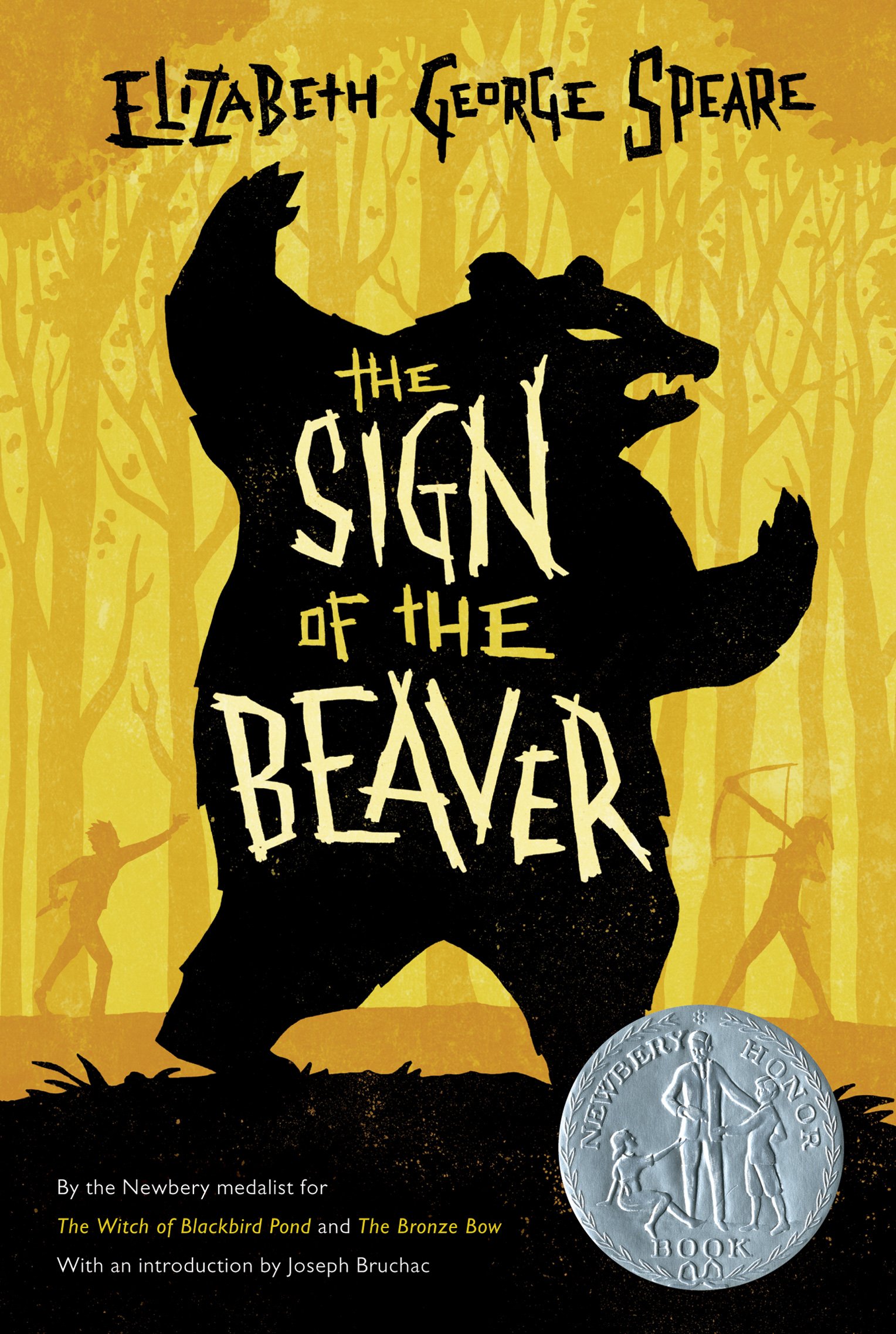 |
| 1984 Winner (First year a winner was chosen) |
Coretta Scott King Award
Information about the Coretta Scott King Award
The Coretta Scott King Book Awards are given annually to outstanding African American authors and illustrators of books for children and young adults that demonstrate an appreciation of African American culture and universal human values. The award commemorates the life and work of Dr. Martin Luther King, Jr., and honors his wife, Mrs. Coretta Scott King, for her courage and determination to continue the work for peace and world brotherhood.
The Awards are given in author and illustrator categories; honor recipients may also be named. Both the Author and Illustrator Winner recipients receive a plaque and $1,000. The John Steptoe Award for New Talent is occasionally given for young authors or illustrators who demonstrate outstanding promise at the beginning of their careers. Steptoe winners receive a plaque.
 |
| 1970 Winner (First Year of the Award) |
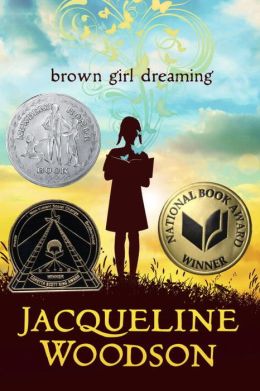 |
| 2015 Winner |
Pura Belpre Award
Information about the Pura Belpre Award
The Pura Belpré Award, established in 1996, is presented to a Latino/Latina writer and illustrator whose work best portrays, affirms, and celebrates the Latino cultural experience in an outstanding work of literature for children and youth. It is co-sponsored by the Association for Library Service to Children (ALSC), a division of the American Library Association (ALA), and the National Association to Promote Library and Information Services to Latinos and the Spanish-Speaking ( REFORMA), an ALA affiliate.
The award is named after Pura Belpré, the first Latina librarian at the New York Public Library. As a children's librarian, storyteller, and author, she enriched the lives of Puerto Rican children in the U.S.A. through her pioneering work of preserving and disseminating Puerto Rican folklore.
The award is now given annually. It was given as a biennial award from 1996 through 2008.
The award is named after Pura Belpré, the first Latina librarian at the New York Public Library. As a children's librarian, storyteller, and author, she enriched the lives of Puerto Rican children in the U.S.A. through her pioneering work of preserving and disseminating Puerto Rican folklore.
The award is now given annually. It was given as a biennial award from 1996 through 2008.
 |
| 1996 Winner (First Year of Award) |
 |
| 2015 Winner |
Orbis Pictus Award for Outstanding Nonfiction for Children
Information about the Orbis Pictus Award
The NCTE Orbis Pictus Award was established in 1989 for promoting and recognizing excellence in the writing of nonfiction for children. The name Orbis Pictus, commemorates the work of Johannes Amos Comenius, Orbis Pictus—The World in Pictures (1657), considered to be the first book actually planned for children.
Although only one title is singled out for the award each year, up to five Honor Books are also recognized. Eight additional recommended books can be named.
Each nomination should meet the following literary criteria:
The NCTE Orbis Pictus Award was established in 1989 for promoting and recognizing excellence in the writing of nonfiction for children. The name Orbis Pictus, commemorates the work of Johannes Amos Comenius, Orbis Pictus—The World in Pictures (1657), considered to be the first book actually planned for children.
Although only one title is singled out for the award each year, up to five Honor Books are also recognized. Eight additional recommended books can be named.
- Accuracy—facts current and complete, balance of fact and theory, varying point of view, stereotypes avoided, author's qualifications adequate, appropriate scope, authenticity of detail
- Organization—logical development, clear sequence, interrelationships indicated, patterns provided (general-to-specific, simple-to-complex, etc.)
- Design—attractive, readable, illustrations complement text, placement of illustrative material appropriate and complementary, appropriate media, format, type
- Style—writing is interesting, stimulating, reveals author's enthusiasm for subject; curiosity and wonder encouraged, appropriate terminology, rich language
- In addition, each nomination should be useful in classroom teaching grades K-8, should encourage thinking and more reading, model exemplary expository writing and research skills, share interesting and timely subject matter, and appeal to a wide range of ages.
 |
| 1990 Winner (First Year of Award) |
 |
| 2014 Winner |
Newbery Medal
Information about the Newbery Medal
The Newbery Medal is awarded annually by the American Library Association for the most distinguished American children's book published the previous year. On June 22, 1921, Frederic G. Melcher proposed the award to the American Library Association meeting of the Children's Librarians' Section and suggested that it be named for the eighteenth-century English bookseller John Newbery. The idea was enthusiastically accepted by the children's librarians, and Melcher's official proposal was approved by the ALA Executive Board in 1922. In Melcher's formal agreement with the board, the purpose of the Newbery Medal was stated as follows: "To encourage original creative work in the field of books for children. To emphasize to the public that contributions to the literature for children deserve similar recognition to poetry, plays, or novels. To give those librarians, who make it their life work to serve children's reading interests, an opportunity to encourage good writing in this field."
The Newbery Award thus became the first children's book award in the world. Its terms, as well as its long history, continue to make it the best known and most discussed children's book award in this country.
The Newbery Medal is awarded annually by the American Library Association for the most distinguished American children's book published the previous year. On June 22, 1921, Frederic G. Melcher proposed the award to the American Library Association meeting of the Children's Librarians' Section and suggested that it be named for the eighteenth-century English bookseller John Newbery. The idea was enthusiastically accepted by the children's librarians, and Melcher's official proposal was approved by the ALA Executive Board in 1922. In Melcher's formal agreement with the board, the purpose of the Newbery Medal was stated as follows: "To encourage original creative work in the field of books for children. To emphasize to the public that contributions to the literature for children deserve similar recognition to poetry, plays, or novels. To give those librarians, who make it their life work to serve children's reading interests, an opportunity to encourage good writing in this field."
The Newbery Award thus became the first children's book award in the world. Its terms, as well as its long history, continue to make it the best known and most discussed children's book award in this country.
 |
| 1922 Winner (First Year of Award) |
National Book Award
Information about the National Book Award
The following are eligible:
The following are NOT eligible:
Established in 1950, the National Book Award is an American literary prize administered by the National Book Foundation, a nonprofit organization. A pantheon of such writers as William Faulkner, Marianne Moore, Ralph Ellison, John Cheever, Bernard Malamud, Philip Roth, Robert Lowell, Walker Percy, John Updike, Katherine Anne Porter, Norman Mailer, Lillian Hellman, Elizabeth Bishop, Saul Bellow, Donald Barthelme, Flannery O’Connor, Adrienne Rich, Thomas Pynchon, Isaac Bashevis Singer, Alice Walker, Charles Johnson, E. Annie Proulx, and Colum McCann have all won the Award.All books must be published by U.S. publishers located in the United States between December 1, 2013 and November 30, 2014. All authors must be U.S. citizens.
The following are eligible:
- Full-length books of fiction and nonfiction
- Collections of short stories and collections of essays by one author
- Collected and selected poems by one author
- Books by authors who are living at the commencement of the eligibility year (December 1, 2013)
- Self-published books, provided that the author/publisher also publishes titles by other authors (Note: the Foundation may request the publisher's catalog to verify this.)
The following are NOT eligible:
- English translations of books originally written in other languages
- Anthologies containing work written by multiple authors
- Reprints of books published in previous Award years. Exceptions may be made for otherwise eligible books published outside the United States in the previous Award year, at the National Book Awards’ discretion.
- Books published through self-publishing services
 |
| 2010 Young People's Literature Winner (First Year of Award) |
Kate Greenaway Medal
Information about the Kate Greenaway Medal
The Kate Greenaway Medal was established in 1955, for distinguished illustration in a book for children. It is named after the popular nineteenth century artist known for her fine children's illustrations and designs.
The CILIP Kate Greenaway Medal is awarded annually for an outstanding book in terms of illustration for children and young people.
The winner receives a golden medal and £500 worth of books to donate to a library of their choice.
The Kate Greenaway Medal was established in 1955, for distinguished illustration in a book for children. It is named after the popular nineteenth century artist known for her fine children's illustrations and designs.
The CILIP Kate Greenaway Medal is awarded annually for an outstanding book in terms of illustration for children and young people.
The winner receives a golden medal and £500 worth of books to donate to a library of their choice.
- The book must be published originally for children and young people
- The book must have received its first publication in the United Kingdom or have had co-publication elsewhere within a three month time lapse
- All categories of illustrated books for children and young people are eligible
- Where there is text, it must be written in English or in Dual Language (one of which must be English)
- Books by previous Kate Greenaway medal winners are eligible
 |
| 1956 Winner (First Year of Award) |
 |
| 2014 Winner |
Ezra Jack Keats Award
Information about the Ezra Jack Keats Award
Known collectively as the Ezra Jack Keats Book Award, the New Writer Award was established in 1985 and the New Illustrator Award in 2001 to recognize and encourage emerging talent in the field of children’s books. Many past winners have gone on to distinguished careers, creating books beloved by parents, children, librarians and teachers around the world.
The EJK Book Award is given annually to an outstanding new writer and new illustrator by the Ezra Jack Keats Foundation. An Honor Books category was added in 2012. A distinguished selection committee of early childhood education specialists, librarians, illustrators and experts in children’s literature reviews the entries, seeking books that portray the universal qualities of childhood, a strong and supportive family, and the multicultural nature of our world. The EJK Book Award was co-presented by the New York Public Library from 1986 to 2011. Since 2012, the de Grummond Children’s Literature Collection has co-presented the award at the Children’s Book Festival, held in April at the University of Southern Mississippi, in Hattiesburg.
To be eligible, writers and illustrators must have had no more than three books previously published. The prize includes an honorarium of $1,000 for each winner.
Known collectively as the Ezra Jack Keats Book Award, the New Writer Award was established in 1985 and the New Illustrator Award in 2001 to recognize and encourage emerging talent in the field of children’s books. Many past winners have gone on to distinguished careers, creating books beloved by parents, children, librarians and teachers around the world.
The EJK Book Award is given annually to an outstanding new writer and new illustrator by the Ezra Jack Keats Foundation. An Honor Books category was added in 2012. A distinguished selection committee of early childhood education specialists, librarians, illustrators and experts in children’s literature reviews the entries, seeking books that portray the universal qualities of childhood, a strong and supportive family, and the multicultural nature of our world. The EJK Book Award was co-presented by the New York Public Library from 1986 to 2011. Since 2012, the de Grummond Children’s Literature Collection has co-presented the award at the Children’s Book Festival, held in April at the University of Southern Mississippi, in Hattiesburg.
To be eligible, writers and illustrators must have had no more than three books previously published. The prize includes an honorarium of $1,000 for each winner.
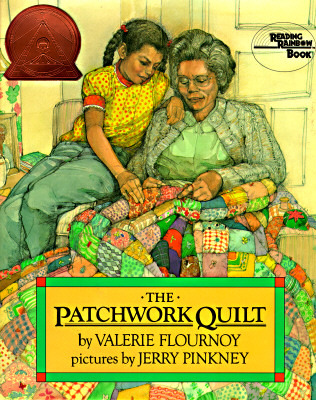 |
| 1986 New Writer Award (First Year of Award) |
 |
| 2014 New Writer Award |
 |
| 2014 New Illustrator Award |
Monday, February 16, 2015
E. B. White Read Aloud Award
Information about the E. B. White Read Aloud Award
The E.B. White Read Aloud Awards, established in 2004, honor books that reflect the universal read aloud standards that were created by the work of the author E.B. White in his classic books for children:Charlotte’s Web, Stuart Little, andThe Trumpet of the Swan. In the first two years of the award, a single book was selected.
In 2006, in recognition of the fact that reading aloud is a pleasure at any age, the award was expanded into two categories: Picture Books, and Older Readers.
Books are nominated for their universal appeal as a “terrific” books to read aloud.
A great Read Aloud should:
The E.B. White Read Aloud Awards, established in 2004, honor books that reflect the universal read aloud standards that were created by the work of the author E.B. White in his classic books for children:Charlotte’s Web, Stuart Little, andThe Trumpet of the Swan. In the first two years of the award, a single book was selected.
In 2006, in recognition of the fact that reading aloud is a pleasure at any age, the award was expanded into two categories: Picture Books, and Older Readers.
Books are nominated for their universal appeal as a “terrific” books to read aloud.
A great Read Aloud should:
- Stand up to reading over and over
- Have art that works from a distance
- Allow the reader to take away something (wonder, curiosity, laughter etc)
- Be a springboard for discussion
- Be free of excessively squirmy moments
- Picture books: should work for preschool – 5th grade
- Older Readers: Should work for family reading both up and down in ages
 |
| 2004 Winner (First Year of Award) |
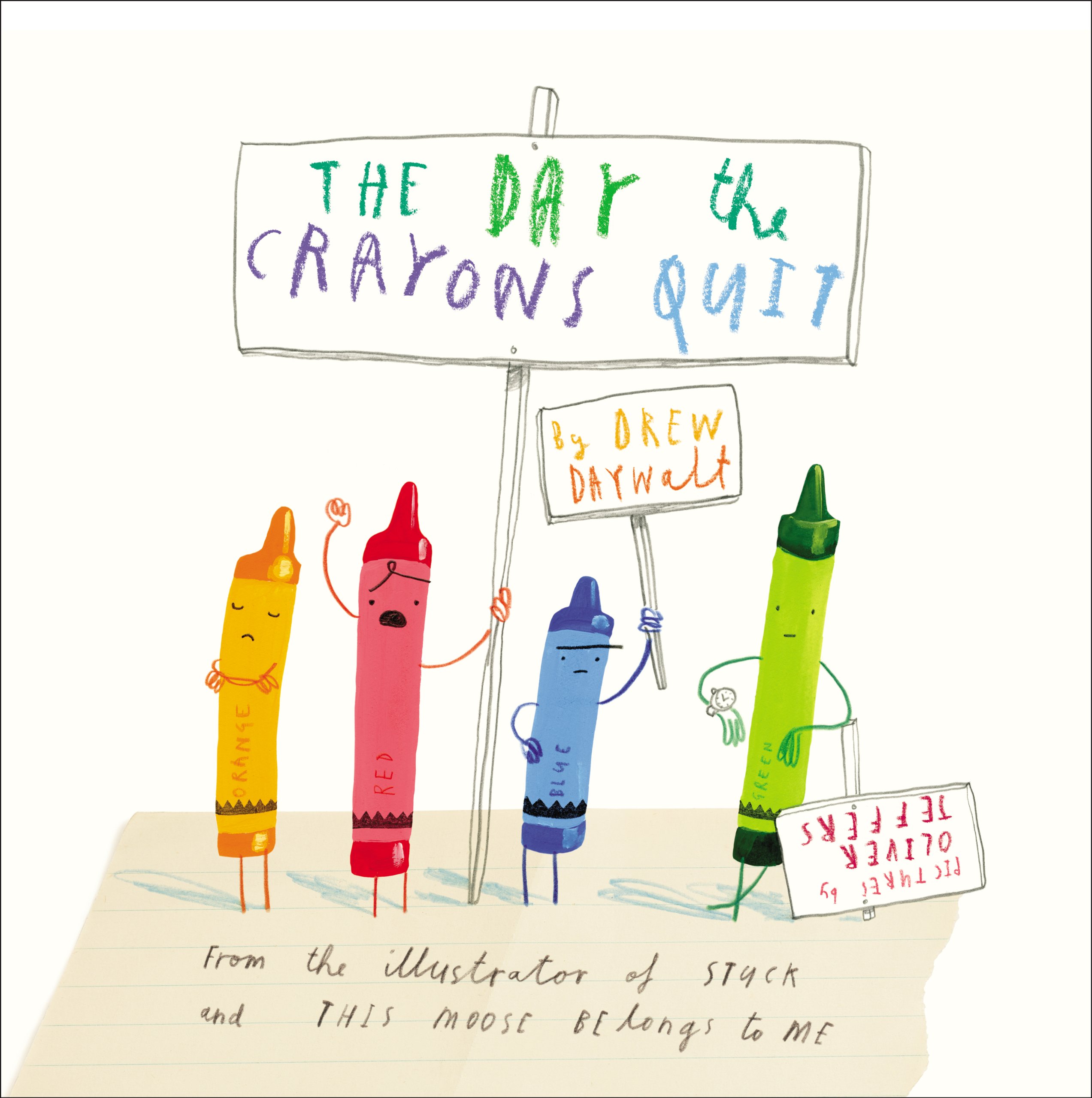 |
| 2014 Picture Book Winner |
 |
| 2014 Winner for Older Readers |
Charlotte Zolotow Award
Information about the Charlotte Zolotow Award
The Charlotte Zolotow Award is given annually to the author of the best picture book text published in the United States in the preceding year. Established in 1998, the award is named to honor the work of Charlotte Zolotow, a distinguished children's book editor for 38 years with Harper Junior Books, and author of more than 70 picture books, including such classic works as Mr. Rabbit and the Lovely Present (Harper, 1962) and William's Doll(Harper, 1972). Ms. Zolotow attended the University of Wisconsin in Madison on a writing scholarship from 1933-36 where she studied with Professor Helen C. White.
The award is administered by the Cooperative Children's Book Center, a children's literature library of the School of Education, University of Wisconsin-Madison. Each year a committee of children's literature experts selects the winner from the books published in the preceding year. The winner is announced in January each year. A bronze medallion is formally presented to the winning author in the spring during an annual public event that honors the career of Charlotte Zolotow.
The Charlotte Zolotow Award is given annually to the author of the best picture book text published in the United States in the preceding year. Established in 1998, the award is named to honor the work of Charlotte Zolotow, a distinguished children's book editor for 38 years with Harper Junior Books, and author of more than 70 picture books, including such classic works as Mr. Rabbit and the Lovely Present (Harper, 1962) and William's Doll(Harper, 1972). Ms. Zolotow attended the University of Wisconsin in Madison on a writing scholarship from 1933-36 where she studied with Professor Helen C. White.
The award is administered by the Cooperative Children's Book Center, a children's literature library of the School of Education, University of Wisconsin-Madison. Each year a committee of children's literature experts selects the winner from the books published in the preceding year. The winner is announced in January each year. A bronze medallion is formally presented to the winning author in the spring during an annual public event that honors the career of Charlotte Zolotow.
 |
| 1998 Winner (First Year of Award) |
 |
| 2014 Winner |
Young Hoosier Book Award
The 2014-2016 Young Hoosier Award Book List
The Young Hoosier Book Award Committee is composed of members of the Association of Indiana School Library Educators (AISLE), an association of the Indiana Library Federation. Each year, committee members select 20 nominees for each category (Picture Book, Intermediate, Middle Grades) from titles suggested by teachers, students, parents, public librarians, and media specialists. Books must meet the following guidelines to be eligible for consideration:
The Young Hoosier Book Award Committee is composed of members of the Association of Indiana School Library Educators (AISLE), an association of the Indiana Library Federation. Each year, committee members select 20 nominees for each category (Picture Book, Intermediate, Middle Grades) from titles suggested by teachers, students, parents, public librarians, and media specialists. Books must meet the following guidelines to be eligible for consideration:
 |
| 1974 Winner (First Year of Award) |
- The author of a nominated book will be restricted to one work in any particular year within each category. In the Picture Book category, the illustrator of a nominated book will also be restricted to one work in any particular year.
- The author of a nominated book must be living and currently residing in the United States. In the Picture Book category, the illustrator of a nominated book must also be living and currently residing in the United States.
- The book must have been published within the last five (5) years.
- The book must be in print at the time of selection.
- The book cannot be a previous nominee.
- The book cannot be a Caldecott or Newbery Medal winner. Honor books from either of these award categories are acceptable.
 |
| 2014 Winner--Picture Book |
Caldecott Medal
The Caldecott Medal regulations may be found here.
The Caldecott Medal was named in honor of nineteenth-century English illustrator Randolph Caldecott. It is awarded annually by the Association for Library Service to Children, a division of the American Library Association, to the artist of the most distinguished American picture book for children.
The Caldecott Medal was named in honor of nineteenth-century English illustrator Randolph Caldecott. It is awarded annually by the Association for Library Service to Children, a division of the American Library Association, to the artist of the most distinguished American picture book for children.
- The Medal shall be awarded annually to the artist of the most distinguished American picture book for children published by an American publisher in the United States in English during the preceding year. There are no limitations as to the character of the picture book except that the illustrations be original work. Honor books may be named. These shall be books that are also truly distinguished.
- The award is restricted to artists who are citizens or residents of the United States. Books published in a U.S. territory or U.S. commonwealth are eligible.
- The committee in its deliberations is to consider only books eligible for the award, as specified in the terms.
 |
| 1938 Winner (First Year of Award) |
 |
| 2015 Winner |
Aesop's Prize
The Aesop Prize and Aesop Accolades are conferred annually by the Children’s Folklore Section of the American Folklore Society upon English language books for children and young adults, both fiction and nonfiction. Nominated books, which must be published in the year of the deadline or the year before, must be received by committee members no later than August 15. The winning books are announced at the annual meeting of the American Folklore Society each October.
Prize Review Criteria
- Folklore should be central to the book’s content and, if appropriate, to its illustrations.
- The folklore presented in the book should accurately reflect the culture and worldview of the people whose folklore is the focus of the book.
- The reader’s understanding of folklore should be enhanced by the book, as should the book be enhanced by the presence of folklore.
- The book should reflect the high artistic standards of the best of children’s literature and have strong appeal to the child reader.
- Folklore sources must be fully acknowledged and annotations referenced within the bound contents of the publication.
 |
| 1993 Winner (First Year of Award) |
 |
| 2014 Winner |
Thursday, February 12, 2015
Banned Children's Books
Why are children's books banned? Which ones are on the list?
Here is a list from the University of Illinois at Urbana-Champaign of banned children's books. The reasons are not given, however.
This is an American Library Association list of the books most often banned.
Banned Books That Shaped America
Here is a list from the University of Illinois at Urbana-Champaign of banned children's books. The reasons are not given, however.
This is an American Library Association list of the books most often banned.
Banned Books That Shaped America
 |
| Big Anthony and the Pasta Pot |
Sunday, February 1, 2015
Current Trends?
- Supernatural is fading: Twilight by Stephenie Meyer published in 2005
- Dystopian still hot: The Hunger Games by Suzanne Collins published in 2008
- Diversity: Cultural, gender, experiences
- Emotional issues: bullying, mental health, survival
- “Tough Girls”
- Novels-in-Cartoons
- Humorous picture books
Dick and Jane Primers
- First published in the 1930s
- Were in a lawsuit because they are similar to Dick and Dora readers (The Happy Venture Playbooks)
- Began with learning to read using the whole word or sight word reading method
- By 4th Grade, used them for Reading to Learn and content became more important
- Black characters and characters from other races and cultures were not introduced until 1965
Subscribe to:
Posts (Atom)



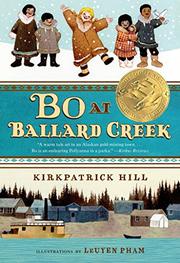

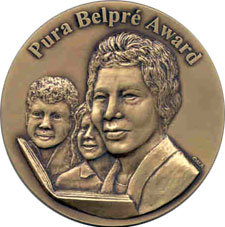




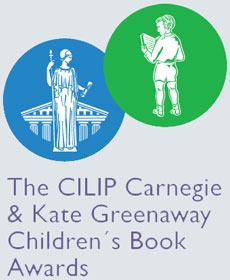




_cover_art.jpg)


